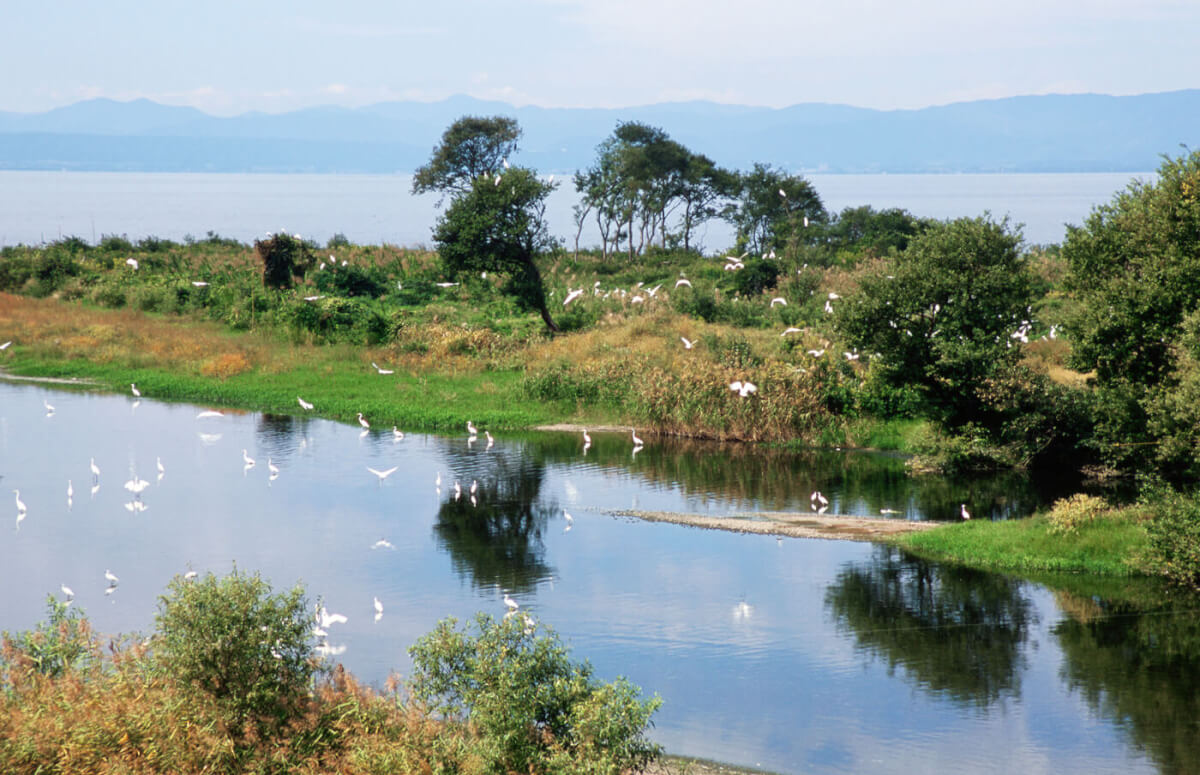Making the transition to become a survivalist doesn’t happen overnight.
It takes dedication to studying, saving and getting information from fellow preppers. But you can take some of the work out of researching your most pressing issues by checking out the following advice that can help you on your survivalist journey. Follow along as we answer some of the top questions we hear regarding prepping.
FAQ 1: I am interested in building an underground shelter. What should I consider before I get started?
If you’re convinced that an underground shelter would benefit your family, take these factors into consideration before you break ground:
– Think about the longevity of the structure you have in mind. Author of “Earth Changes, Get Ready” and builder of 56 log shelters Marc Eagle Eyes says, “You need to be prepared for a long stay underground.” For instance, look at air pipe systems and ventilation and filtration options to ensure that you’ll have fresh air.
– Think about the type of material you’d like to use based on your personal requirements. For instance, concrete or metal may be smart if you’re concerned about a nuclear leak. However, if privacy is a concern, you might consider using logs to create your underground enclosure because they’re imperceptible by satellites.
– Know who will construct your shelter—are you a master handyman or will you require assistance? If you don’t have advanced construction skills, you should hire someone to build one for you or buy a pre-manufactured kit, available at various locations and online.
– If you would prefer that a professional builder create your underground shelter, think about companies like Atlas Survival Shelters that can create a number of different types of shelters for you from standard plans to custom-designed based on your specifications.

FAQ 2: I always bring water purification tablets with me wherever I go. But in some locations, it’s hard to find any water source at all. Any tips on finding water?
You’re on the right track by keeping a water purification source on-hand no matter where you travel. But you’re correct in suggesting that having a purifier won’t do you much good if you can’t find water to begin with. The following tips can help you locate the nearest water source:
– Look for animals—they also need water every day to stay healthy, and if you see an animal nearby, you know that water isn’t far away, says Brandon Garrett of The Ready Store, which offers emergency preparedness solutions. Birds often circle around water holes, so they’re an excellent hint that you’re near water. Likewise, heavy vegetation is a good sign that water is near, as most plants require it to stay alive, he adds.

– If you don’t catch sight of plants or animals, you should note whether mosquitoes are biting because they are another indicator that water isn’t far away. However, make sure the mosquitoes aren’t simply gathering around stagnant water, which is typically unsafe to drink.
– If you are at a low elevation, you should be able to dig a hole until water appears, Garrett says.
– Avoid the myth that you can find a mass of water in a cactus, as cactuses are usually filled with a sap-like substance that isn’t fit for human consumption. However, you can eat the pulp from a barrel or prickly pear cactus if the juices in the pulp are clear. You could be able to crush other plants to get water out of them as long as you’re sure the plants aren’t poisonous and haven’t been treated with pesticides or other chemicals.
– Dew collects in small amounts overnight, so if you get up early, you can collect it and drink that during a water shortage.
FAQ 3: What are the best foods to store in my survival pantry if I’m just getting started?
Creating a robust survival pantry is a great idea for any budding prepper, but knowing what to put in there can be tough at first. Consider these guidelines when you’re getting started:
– Foods that have a long shelf life are essential, but that doesn’t mean you can’t include your homegrown fruits and vegetables. As long as you preserve your foods properly (through canning, jarring, drying and other methods), you can store them in your survival pantry.
– Shell beans and legumes, such as black beans and split peas, have a long shelf life and are a great source of protein. When stored in an airtight, moisture-proof container in a cool, dry place, these can be kept indefinitely.

– Dried meats and fish are a good idea to keep on-hand because they’re a great source of protein that doesn’t require refrigeration. If you live in a cool, dry area, you can keep jerky in the pantry for several months.
– Herbs and spices such as basil and parsley can be quickly dehydrated and stored for up to a year.
– Commercially-canned goods and bottles of water are essential to a great pantry. If you buy these products at the store, they’ll be marked with an expiration date that you should stick to carefully to avoid spoilage.
– Survival products like MREs (Meals, Ready to Eat) can supplement your food storage pantry and ensure that you have well-balanced meals to access.
Editor’s note: A version of this article first appeared in the April 2014 print issue of American Survival Guide.


